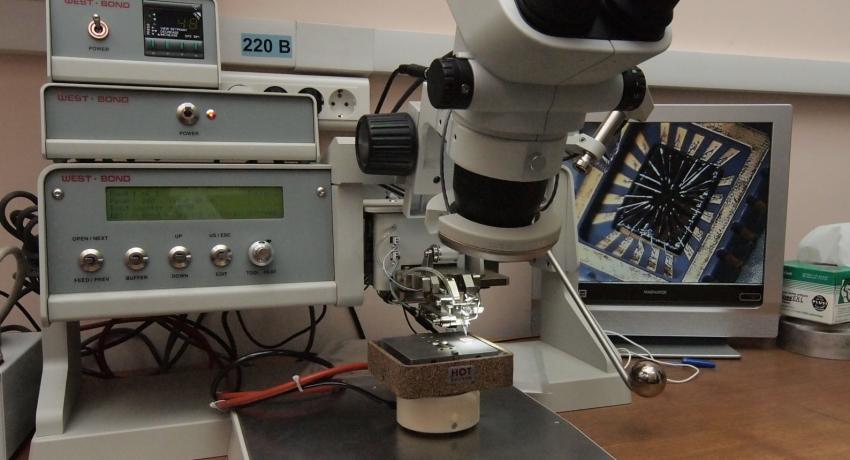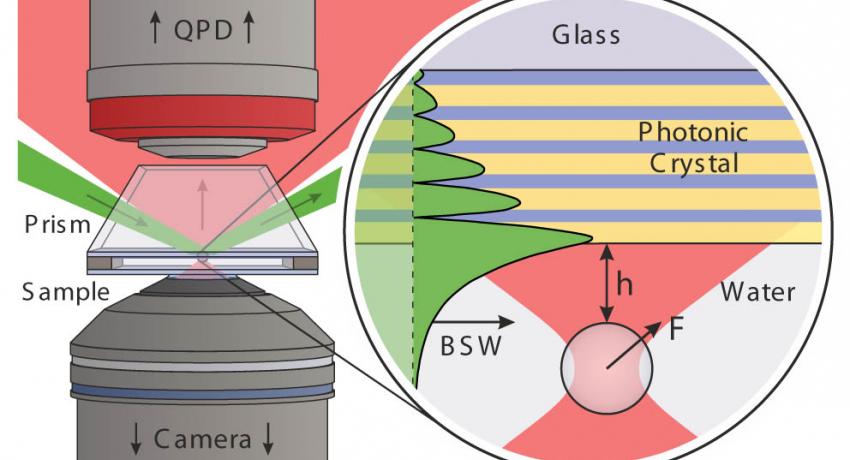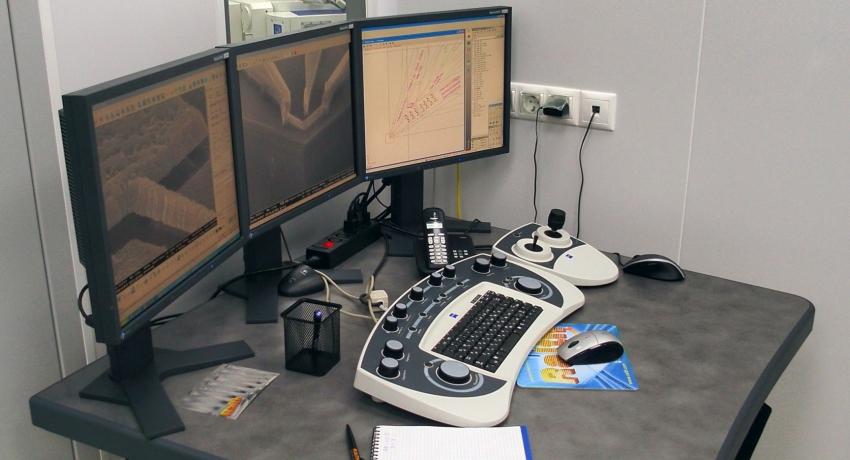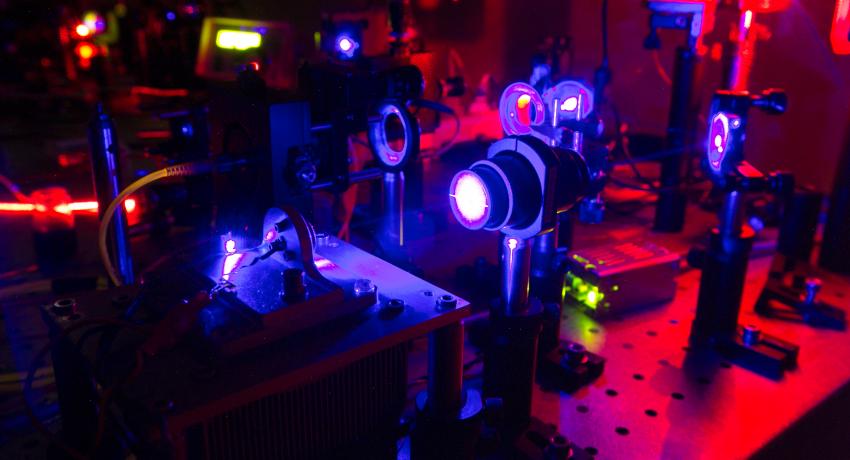The Quantum Technology Centre was established at the Faculty of Physics, Lomonosov MSU, in 2018 under National Technological Initiative. The center leads research programs in fiber-optic and atmospheric quantum cryptography, cold atom physics, quantum optics, nanophotonics, nonlinear optics, and cryoelectronics. The center pays close attention to the educational activities aiming to bring up new researchers in the multidisciplinary field of quantum technologies.
The centre staff is involved in major projects developing quantum cryptographic systems designed for urban fiber-optic networks, atmospheric quantum communication equipment, and optical quantum processors.



